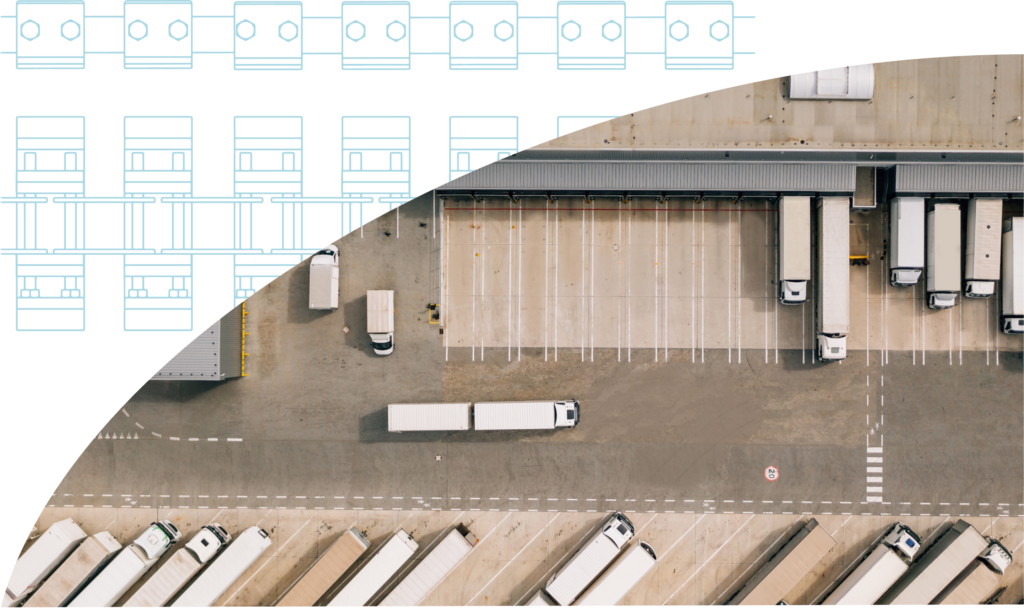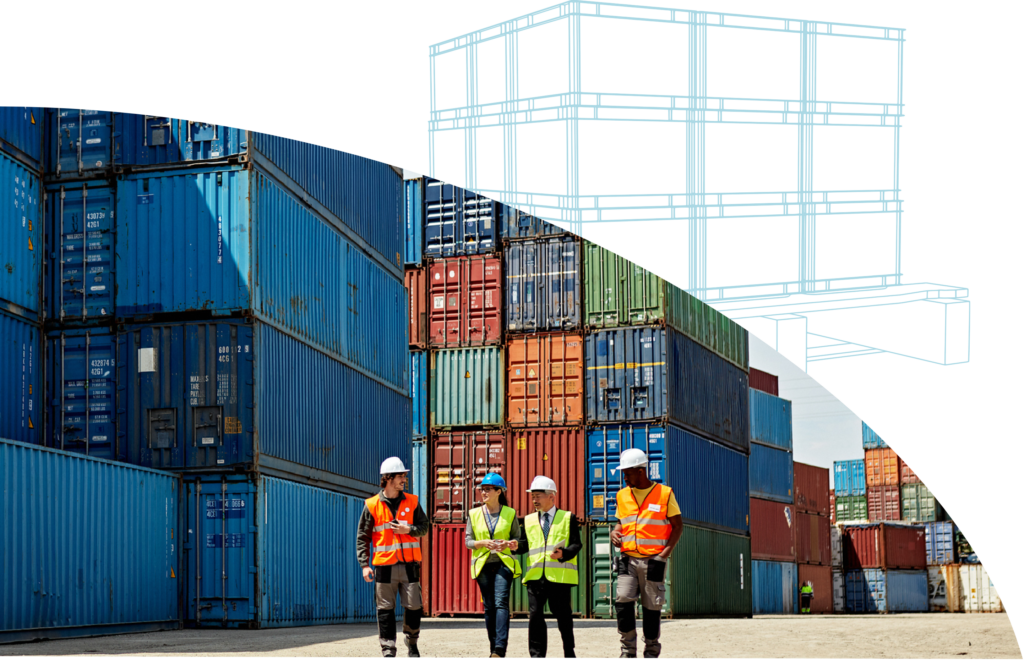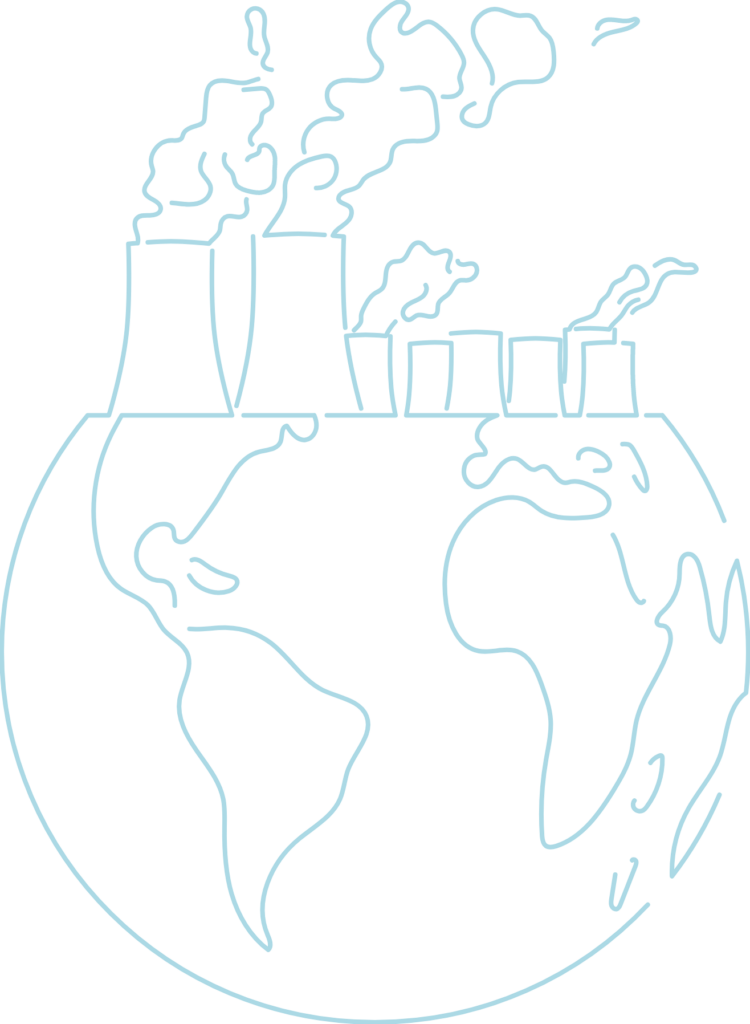Our mission:
DECARBONIZE LAND-BASED FREIGHT TRANSPORTATION
The transportation sector
The transportation sector is the largest contributor of CO2 emissions in the United States. Globally, transport has the highest reliance on fossil fuels of any sector and accounted for 37% of CO2 emissions from end-use sectors.
Watch our video to learn more.
TRUCKING AND RAIL ARE THE TWO LARGEST LAND-BASED TRANSPORTATION MODES
In this era of complex supply chains, just-in-time, and next day deliveries, shippers place a high value on speed and the predictability of delivery times.
Trucks
Trains
Share of Freight Ton-Miles Moved in 2020
Share of Freight Ton-Miles Moved in 2020
Shipments by Value
Shipments by Value
Fuel Consumed in 2020 (gallons)
Fuel Consumed in 2020 (gallons)
It’s well established that shifting freight from highway to rail reduces energy use and GHG emissions
So why haven’t the railroads, with their obvious advantages in labor and energy efficiency, been better able to compete with trucking.


The answer lies in the design and operation of conventional railroad equipment
Little has changed in 200 years, but this has set the stage for an evolutionary leap in equipment design.
Conventional trains are assembled by stringing together a series of railcars that must be disconnected, sorted, and reassembled at classification yards to route individual railcars to their destination.
This time- and labor-intensive process is often the bottleneck for railroad networks and causes significant delays, discouraging shippers from using rail for high-value freight in this era of Just-in-Time and next day deliveries.
The Solution
RAILYNX is introducing a new design for railroad equipment that will completely decarbonize land-based freight transportation and enable railroads to compete with trucking on speed and predictability of delivery times, but at a lower cost.
Railynx equipment eliminates classification yards and replaces them with small, automated terminals that can load and unload multiple containers simultaneously without lifting them, dispatching the train within minutes.


